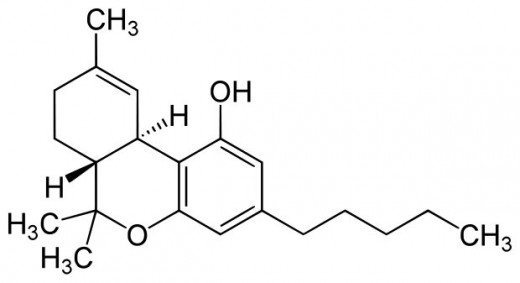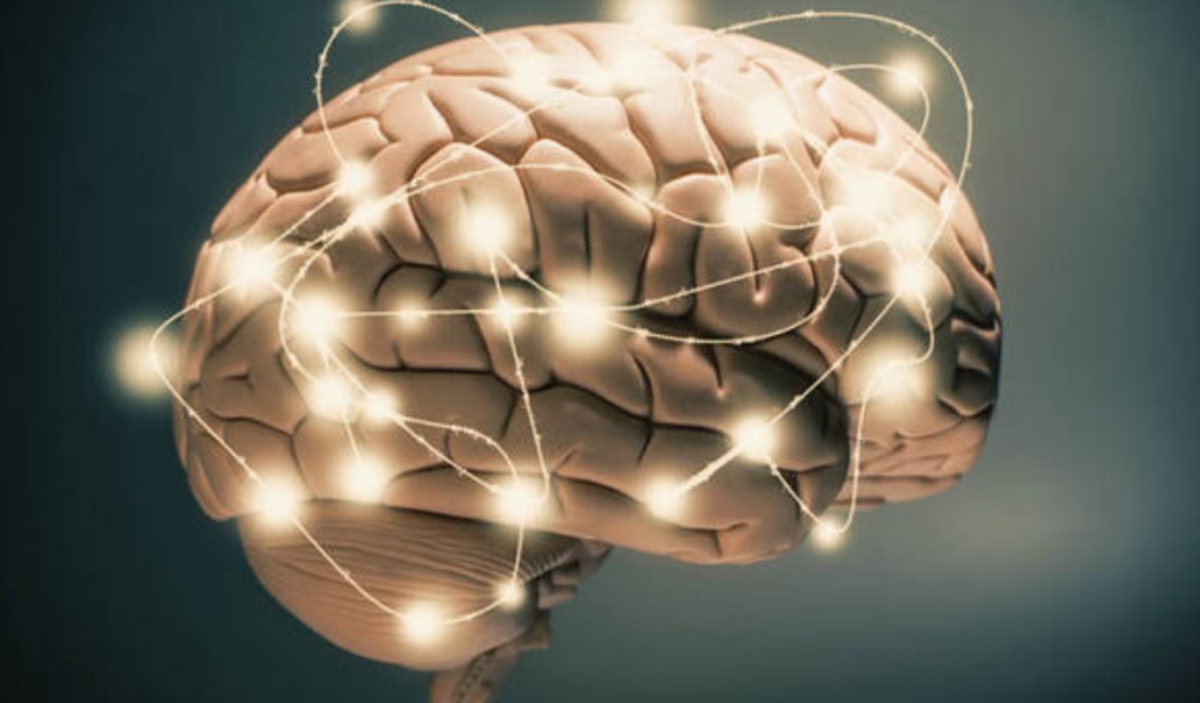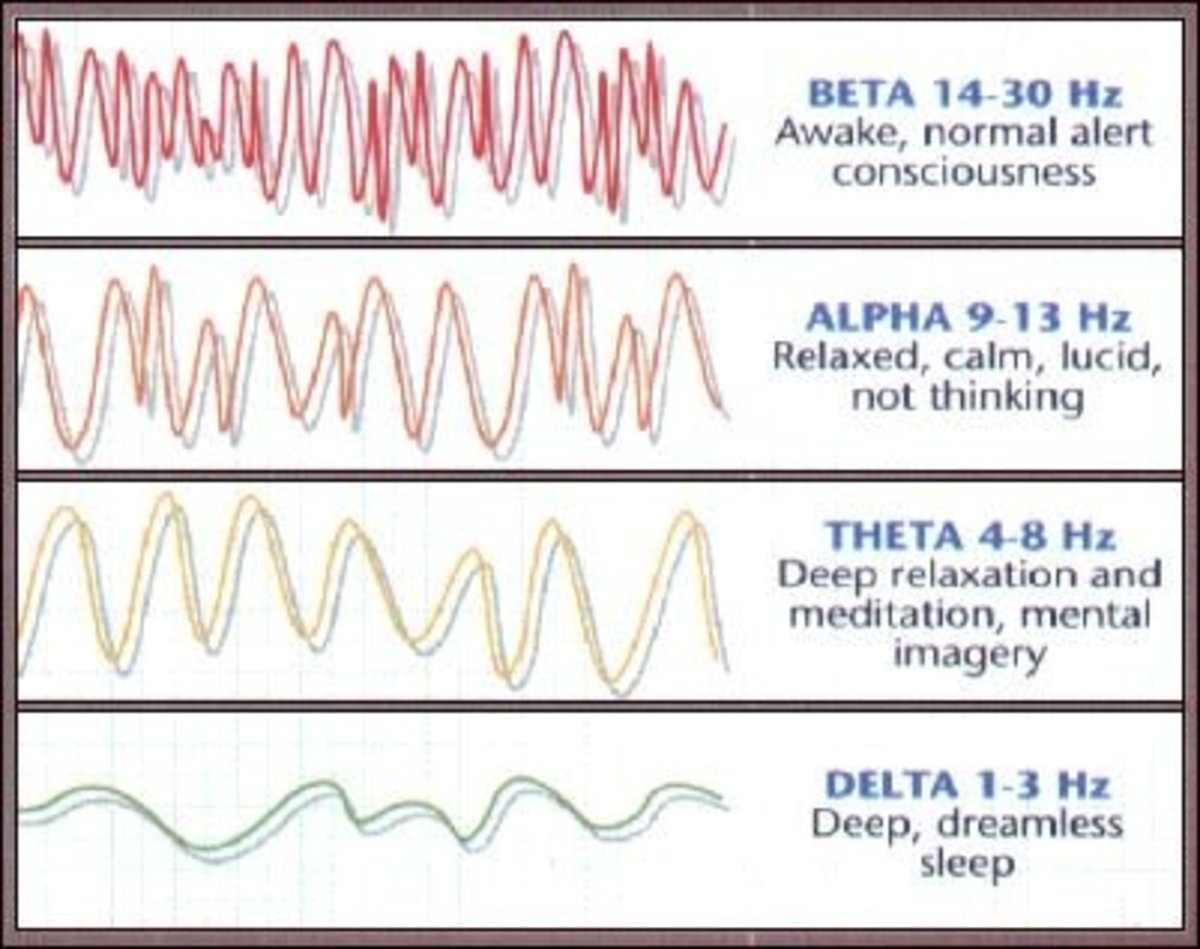Anandamide - The Neurotransmitter of Forgetting
Forgetting
Imagine, if you will, not ever being able to forget…anything. Entertain this notion, every time you do something your brain records it and never allows you to forget. Things like;
- Where you parked your car
- Where you left your keys
- What you bought at the grocery store a year ago
- Every face you’ve ever seen
- Every word you’ve ever read
Sound good?
Not so fast, do you really want to remember where you parked your car every time you parked it? How about having to look at every place you ever left your keys to see if they are there?
Worse, imagine remembering every face you’ve ever seen every day of your life.
At first glance this doesn’t sound like such a bad thing, but over time you’d be paralyzed by your memories.
Anandamide plays an important role in remembering, in that it allows you to selectively forget.
Chemistry
Click thumbnail to view full-size

Rodent Experiments
A popular rodent experiment these days is the Morris Water Maze and its hidden platform.
This experiment has played a vital role in humans understanding memory in one of sciences most popular experimental animal; the rat. Naturally, anything that applies to a rat can be “loosely” applied to humans since we are both mammals.
The tank is a circular affair (see video below) about four feet tall, ten feet in diameter, with about three feet of white opaque water in it. Somewhere in the tank a white platform can be set up. The top of the platform is just an inch or less from the surface of the water, but the platform cannot be seen because it’s the same color as the water in the tank.
With a few visual cues set up around the tank, a rat’s memory can be tested to see if it can remember where the platform was the last time it was subjected to the experiment. Rats that display good memory skills can find the platform within seconds of being set in the water. Of course, rats that can’t find the platform are taken out before they become too fatigued to swim.
A “base-line” of rats with good memory is selected by time. If a rat with an excellent memory has the platform removed it will quickly give up the search because it knows where the platform should be. It will then turn its attention to surviving. However, rats treated with a chemical that blocks anadamide receptors in the brain cannot seem to be able to forget that the platform should be there. They will continue to look for it long after an untreated rat would give up on the search.
Thus, anadamide is thought to be the “neuro-chemical of forgetting.”
It allows mammals to selectively forget information that is no longer relevant. As you can see from the questions at the beginning of this article this is an important ability.
This is new research, by the way, so a great deal more experimentation will need to be done to understand the full ramifications of a “memory erasing” chemical in the brain. To my way of thinking though, this is more a chemical that allows memories to fade.
I say this because I can clearly remember where I left my car keys yesterday, even if they are not in the same location today. But I will very likely not be able to remember exactly where I left my keys a week ago. So, to my way of thinking, memories fade they don’t just get extinguished like a light.
Rat Finds Platform Quickly after Ninth Test
Rafael Mechoulam

Raphael Mechoulam
Less than five years ago science had no notion that there was brain chemistry involved in forgetting. The assumption was that without constant “refreshing” memories just faded on their own unless they were significant.
Significant memories would be weddings, deaths, birthdays and so on.
And how was anadamide found? I’ll get to that shortly. First, I want to introduce you to the scientist who discovered anadamide and then explain how that happened.
Raphael Mechoulam is the name of the molecular chemist who discovered anandamide. Anandamide is a portmanteau of the Sanskrit “ananda” for joy or bliss and "amide", a term used to describe molecules that include a nitrogen group.
Anandamide is a neurotransmitter that not only affects memory, but also plays a key role in the transmission of the sensation of pain (at the cellular level), sensation of pleasure, sensation of hunger (which might explain the link between hunger and pain as in “hunger pains”), and also plays a role in balance.
Now if you children of the sixties haven’t all put this together yet here’s the punch-line.
Dr. Mechoulam discovered this chemical when trying to determine what chemical in marijuana gave it’s users a sensation of “high.” Curiously, he found that only one of the ten compounds he isolated had any effect in that department. The "buzz" experienced evoked pleasure, hunger, pain-relief and created some balance problems.
The chemical is called Delta9-Tetrahydrocannabinol or THC.
You see, Dr. Mechoulam discovered THC first, wanting to know what chemical in marijuana evoked those feelings of pleasure. Once he found it he was certain that the brain created a similar chemical for it's own uses. THC just happened to be a close match to this naturally occurring chemical, thus a few years later he discovered anandamide.
Dr. Mchoulam states that brain science might never have known about anadamide had he not been curious about the active ingredient in cannabis.
Chocolate
There were rumors around for a while that chocolate or cocao also had anadamide in it in small quantities. This has not borne out.
Tramua Relief Chemical
In some circles it has been proposed that doses of anadamide could be given to returning soldiers to help alleviate the mental trauma experienced in war. The idea, of course, is to help those veterans forget the brutality they witnessed or may have participated in.
Of course the problem with this idea is that anadamide is not selective. Those receiving this compound as therapy may well forget a great deal more than the traumatic events that trouble them. So though the idea has some merit, there are no recorded cases of this used as therapy, as yet.
Wrapping Up
That this chemical compound has finally been isolated is still an important discovery. It gives science a better understanding of the brain and how it functions. It could even lead to drugs designed specifically to help people suffering from mental anguish to forget the events that trouble them.
As an experimental compound it is already helping scientists determine how memory works. This alone is an important aspect of this discovery.
Disclaimer
The author was not compensated in any way, monetarily, with discounts, or freebies by any of the companies mentioned.
Though the author does make a small profit for the word count of this article none of that comes directly from the manufacturers mentioned. The author also stands to make a small profit from advertising attached to this article.
The author has no control over either the advertising or the contents of those ads.








